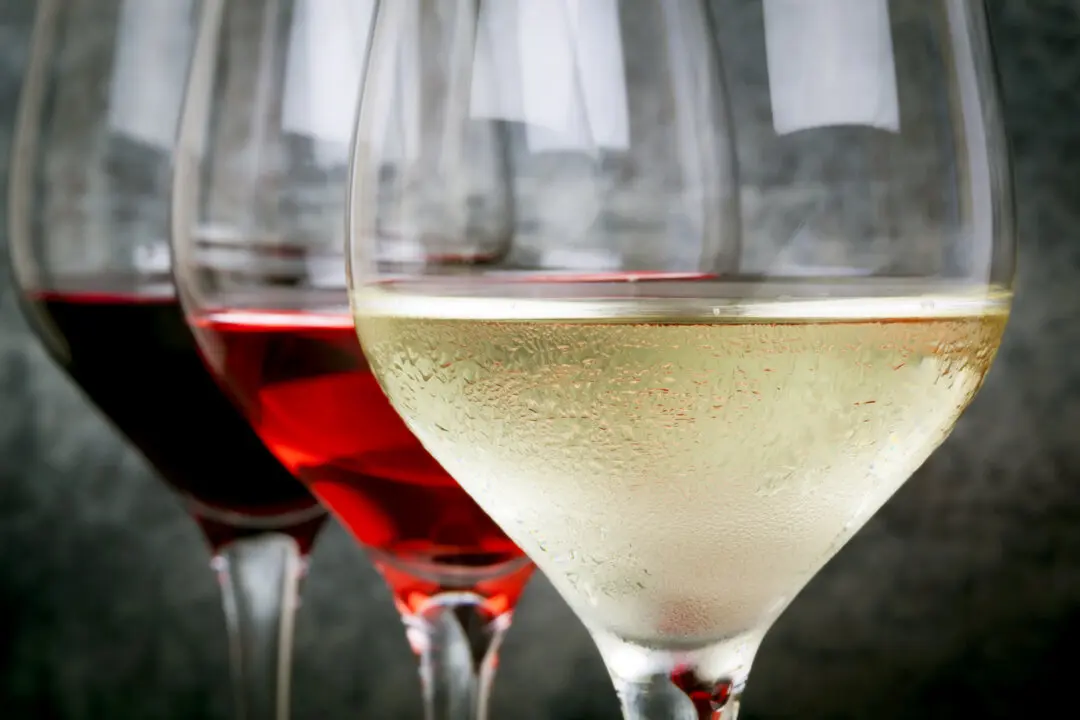By Marlise Kast-Myers
From Tribune News Service
My husband and I always travel with one eye open, winking at destinations that tease retirement dreams. Currently in our 40s, we still have time. Yet Benjamin and I are planners by nature, aligned in our vision that the grass is, in fact, greener on the other side.






